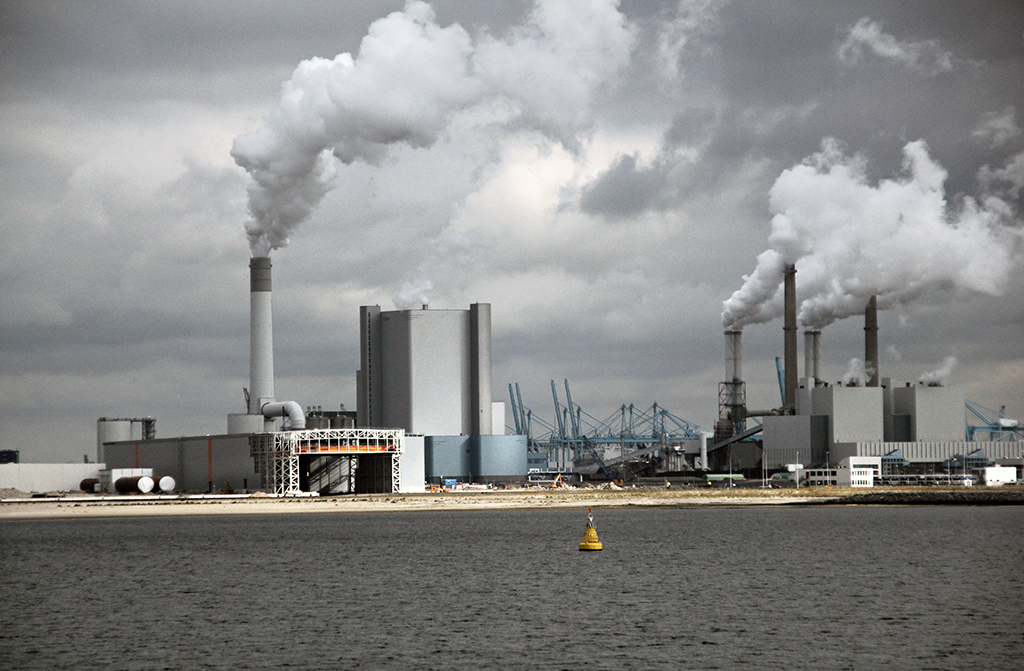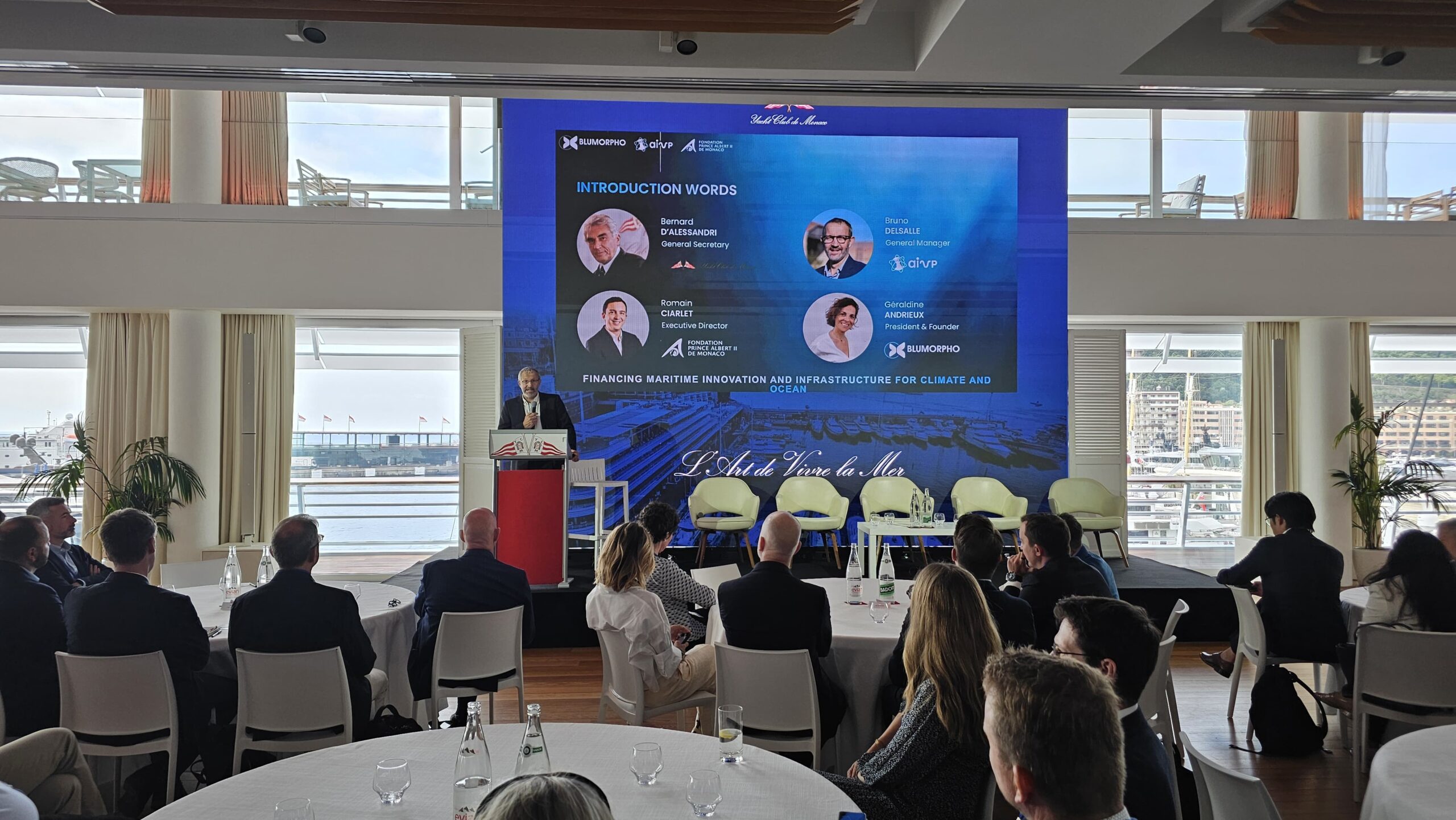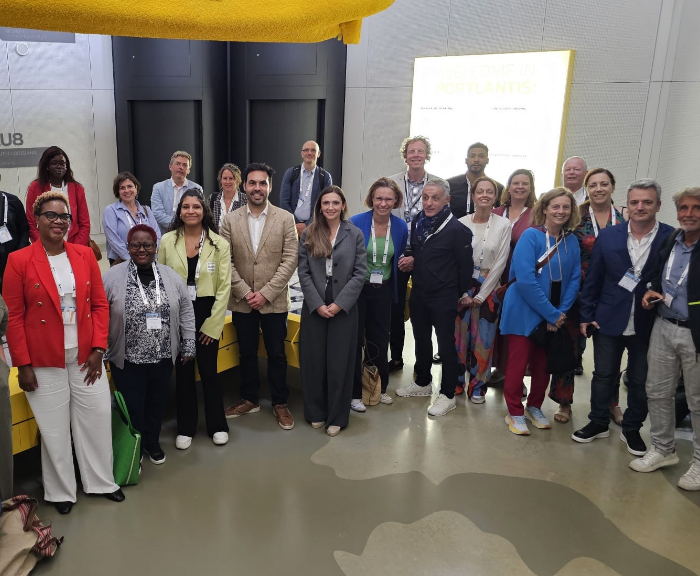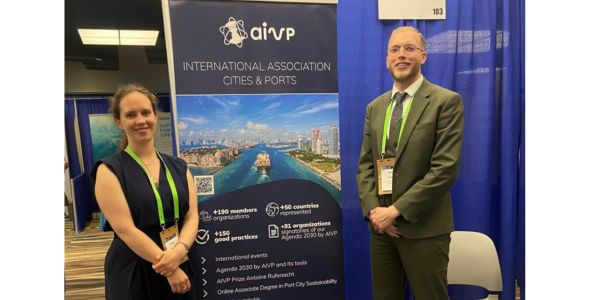
The global health crisis caused by the Covid-19 pandemic has illustrated the extent to which our hyper-industrial societies are interdependent, complex, yet vulnerable. This extraordinary situation that has affected every continent has at least served to highlight two important aspects of industrial and port territories. The first is that, in a globalised economy, these port communities are key to ensuring that the stream of goods and energy needed for our societies to function continues to flow (90% of international goods traffic is shipped by sea). Secondly, though the health crisis has forced them to reduce their operations and navigate periods of difficulty, the industries based in those port communities have successfully adapted, for example producing the oxygen desperately needed by healthcare services or continuing to manage and recycle our waste (household water, hazardous waste, etc.).
The City-Port territory: a strategic space for realising the circular economy
In a world constantly described as changing, it is vitally important for industrial-port communities to tackle the challenge of renewing and adapting themselves. Renewing practices, perceptions, ambitions, forms of global and local cooperation, etc. Numerous projects and studies, particularly those undertaken by AIVP over the last ten years or more, have shown that most of the world’s major industrial port communities are now well aware and committed to addressing the issues raised by the energy and ecological transition, and are taking an active interest in the circular economy.
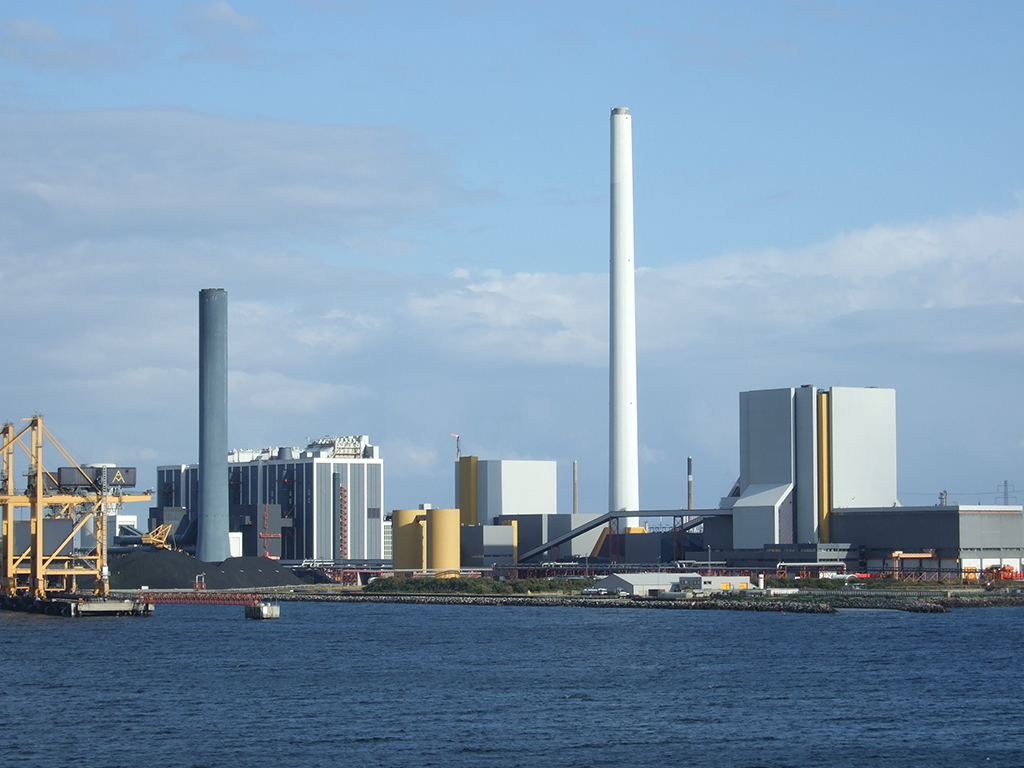
The basic equation is not simple, however. These territories need to find a way for human-centric, urbanised, industrialised, port and in some cases agricultural spaces to co-exist alongside natural environments with rich biodiversity, many of them situated in estuaries or coastal areas. The challenge then is to plan ahead and balance the long-term development policies for these industrial and port activities, which generate jobs and wealth, while at the same time limiting the impacts on the environment, whether in terms of the use of space and natural resources, or in terms of emissions (atmospheric, effluents, solid waste). Today’s industries understand the problem, and must strive – and continue to strive – to be ever more efficient and environmentally-friendly. Otherwise, they risk being “left behind”, seen with apathy by younger generations and faced with increasing issues around the local acceptability of their activities. Having long been symbols and cornerstones of an “all oil” economy, these strategic territories are now innovating, experimenting with the low-carbon, resource-efficient society of the future, relying on new forms of cooperation between economic operators. Home to a wide variety of transformation and processing industries (steel, metallurgy, petrochemical, chemical, granulates, etc.) and dense, complementary logistics infrastructures (rail, road, river, maritime, pipeline), they are testing grounds for industrial symbioses, in the form of a complex, dense and varied network of flows of goods, utilities, and services. Some of these territories are now banking on industrial ecology and the circular economy as real differentiation strategies, enabling them to gain comparative advantages, nationally and internationally. But whether in Rotterdam, Marseilles, or Ulsan, these strategies must fit around the very nature of these spaces, where there is a permanent tension between the localised “territory system” and the globalised “world system”. Current projects involving CO2 and decarbonisation in general serve to illustrate these two concepts, between a “globalising” approach that aims to structure solutions internationally (large offshore storage zones fed by CO2 hubs in port territories), and a more “territorialised” approach that looks for solutions to re-use and recycle flows of CO2 within the local industrial and agricultural sector. These two approaches complement one another, and contribute to ambitious decarbonisation goals. They are repositioning the industrial port space as a strategic node in the interface between globalised traffic and optimised resource management (industrial and agricultural “co-products”, energy recovery) on a local scale.
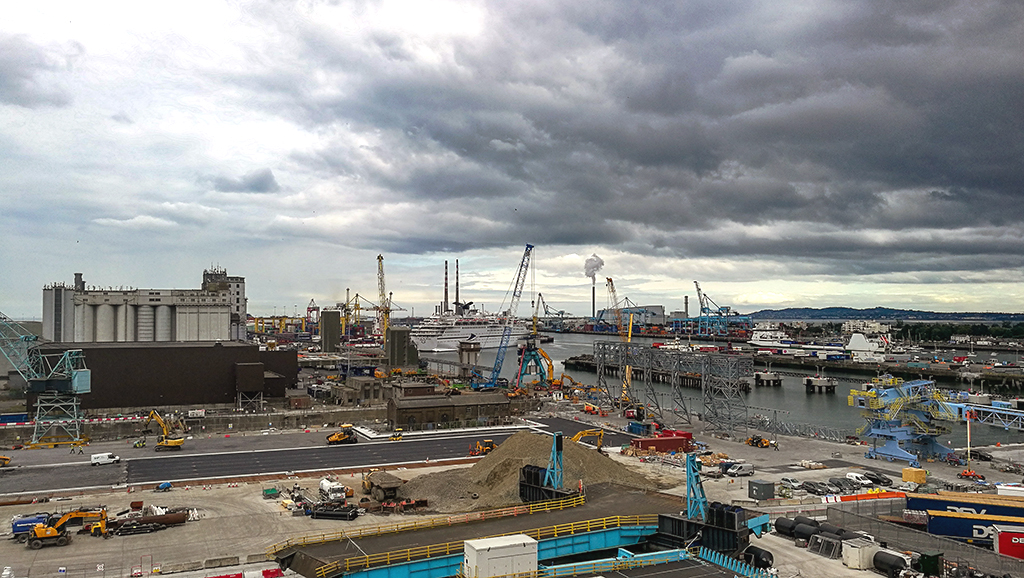
Opportunities for the taking
On an international scale, there are plenty of lessons to be learned from the many circular economy and industrial ecology initiatives developed in these port spaces. Though they take different forms, all are based on the need to foster synergies between economic operators, and the creation of closed circuits for recycling and re-using materials and energy. Today, these initiatives are also addressing issues to do with attractiveness, innovation, and interfaces with local stakeholders, particularly when it comes to acceptability. They cover various spatial scales, ranging from the heavily localised “platform” approach to the “network” approach with different territories interacting. These circular economy and industrial and territorial ecology strategies represent an opportunity, and a potential means of securing the resilience and future of industrial port territories. In addition to generating new forms of technical and organisational cooperation between socio-economic actors, they also promote the diversity of skills and expertise within territories. Though strategic in scope, these approaches are first and foremost based on real, concrete projects (steam networks, energy transition demonstrators, industrial closed loop recycling of industrial co-products, etc.). In some cases, they are raising new questions about our relationship with resources, the role of economic operators, or the need to develop port infrastructures. These initiatives also accompany and herald major changes in the industrial fabric of these territories, which for years was based on a model where factories were sited “at the water’s edge”, with mass-scale international flows of materials and energy. As a consequence, these initiatives are also helping to redefine port authorities’ balance and business models, which in many cases are still based on land rental and port fees and are therefore dependent on the quantities of bulk liquids and solids passing through them.
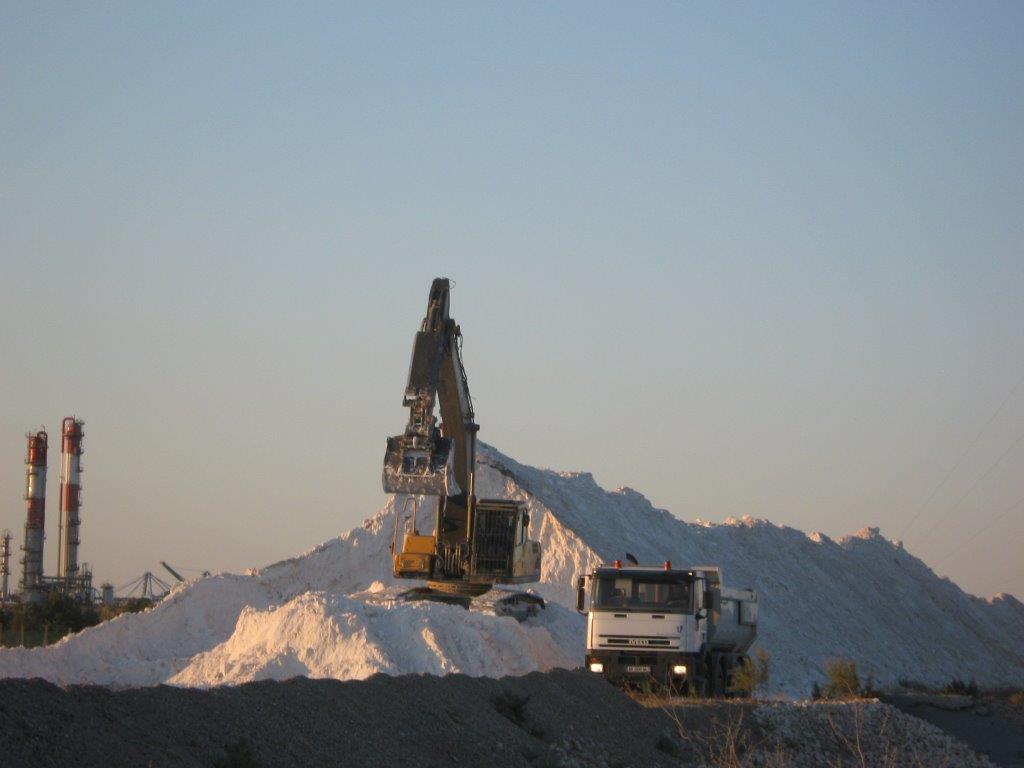
Explaining these current transitions and building the way forward together
Commitment number 2 on the AIVP 2030 Agenda stipulates that applying this circular economy to the industrial port environment must be an opportunity to promote meetings and new partnerships between the City, the Port, Businesses, and Citizens. It is one thing to identify and deploy concrete synergies between socio-economic actors that contribute to more efficient resource management. It is quite another to explain exactly how they work in layman’s terms, whether to employees of the companies concerned, environmental protection organisations, or local residents. Explaining these initiatives and creations in terms that can be understood by all is a considerable challenge, one that is perhaps too often overlooked. Yet it would doubtless help to promote them and to breathe new life into the industrial culture, which is gradually being eroded in these territories. It would restore familiarity and mutual trust between stakeholders, which is vital for supporting and ensuring the acceptability of the changes that these industrial port communities are experiencing now, and those to come in the future. Finally, a more inclusive approach should pave the way for developing shared visions, perhaps even a shared story, about the future of these territories, which have always been and will remain strategic hubs for nations with access to the sea.

